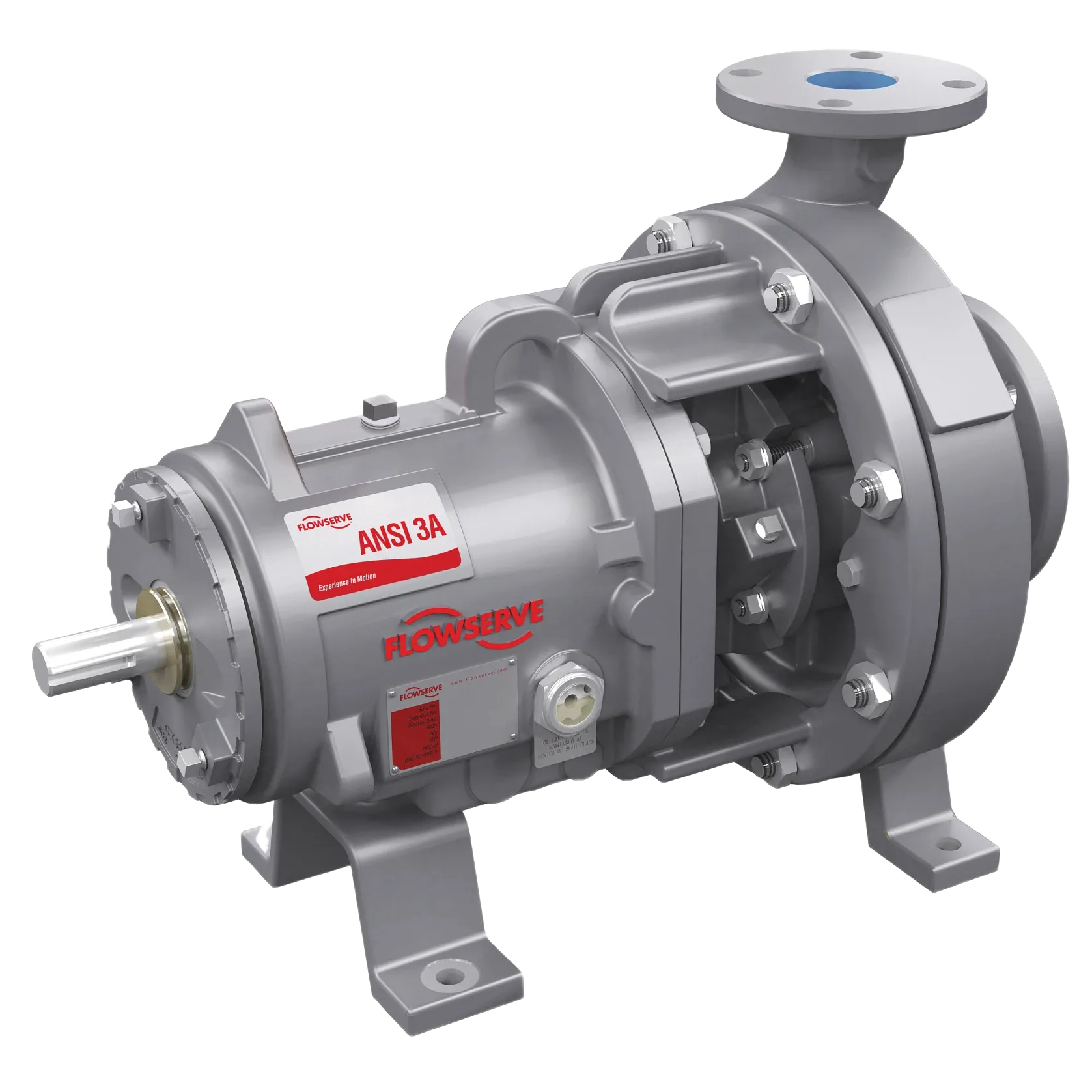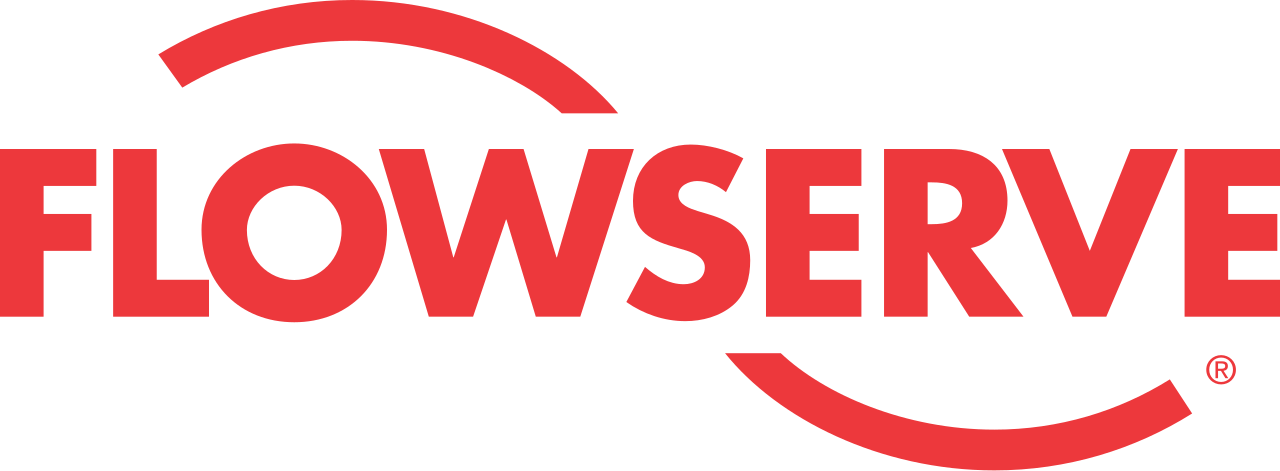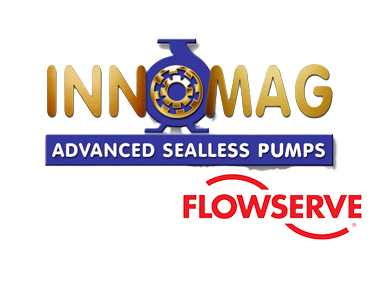Low Shear Pump
A Low Shear Pump is a pulsation free pump which produces little or no turbulence through the action of its pump. Low shear in pumping relates to a relative motion between adjacent layers of the fluid. Low shear means that the flow is not turbulent i.e smooth or laminar.
Laminar flow means layered fluid – different layers of fluid move through the pipe in a straight line unlike turbulent flow where the direction of the fluid as it travels is quite random n essence and it mixes together.
By maintaining laminar flow through the pump and in the piping system, it helps to reduce or prevent damaging turbulent flow.
- View All
- Actuation
- Chillers
- Heat Exchangers
- Instrumentation & Control
- Mechanical Seal
- Mixing Technology
- Other
- Process Equipment
- Pumps
- Sight Glasses
- Software
- Steam Systems
- Tank & Pipeline Ancillaries
- Tank Venting
- Valves
-
PumpsNETZSCH
Multi Screw Pump
-
PumpsFlowserve
Mark 3 Recessed Impeller Pump
What is the working principle of a low shear pump?
The key working principles behind low shear pumping are;
- low fluid velocity (laminar flow rather than turbulent flow).
- low rotational speed of the pump.
- specific design characteristics of the impeller or rotor (e.g progressive cavity pump).
- For the helical screw impeller pump, the gentle pumping action of this pump type is similar to having an elbow in the piping system, therefore, turbulence is kept to a minimum.
- The recessed impeller or vortex type does have a higher amount of turbulence in the pumping action.
What are examples of shear sensitive liquids?
Some examples of shear sensitive liquids include;
Cream – dairy industry, latex and some paint products & emulsions,
Pharmaceutical slurries containing small crystals, food stuffs, resin, algae, seafood and eggs.
What are the different types of low shear pumps?
There are several “types” of commonly found pumps which may be considered low shear i.e progressive cavity pump, helical screw impeller pump, screw pump, the vortex type Centrifugal pumps – Durco Mark 3 recessed Impeller pump and the disc rotor pump.
Standard maintenance practices can be used on all types of low shear pumps as there is nothing that is radical in terms of design.
What are the uses and applications of a low shear pump?
The main use and applications of a low shear pump is for any fluid that is delicate and the qualities of which may be damaged or destroyed due to turbulent flow. By using low shear pumps, the quality of the finished product may be increased and the waste significantly reduced.
If there are abrasive solids in the fluid and the flow is laminar, the “angle of attack” of the solid on the working parts of the pump is either reduced or eliminated, therefore, the wear of the pump is lower, leading to a longer lifetime.
How can you reduce pump shear in a Sanitary Pump?
For a sanitary pump, in particular a centrifugal pump type, the shearing action may be reduced to a degree by using a pump at lower speeds, however, this may result in a relative poor pump selection.
Take a look at our article written for the Engineers Ireland Journal – pump sizing and selection – can you afford to get this wrong?
Do you have questions or comments about receiving a quote, our products, solutions and services, and support? Contact us by filling out the form.
- Andrew Bishop - tel: 083 089 1204
- Phil Soltan (External) – mob: 086 185 3782
- Adrian McSweeney – tel: 021 461 7212
- Paul-Fox Morris – tel: 021 461 7231
- Una Long (Pump & Service Support) – tel: 021 431 7200
- Tel: 021 461 7200






























